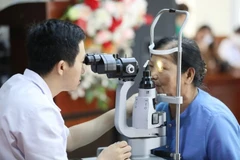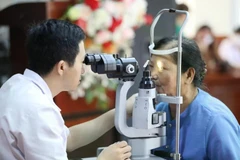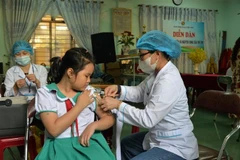The four-year study was launched in 2007 in two phases.
Guy Hutton, a World Bank's senior economist, said the first phase ofthe study, which ended in 2008, showed that Vietnam suffered economiclosses of 780 million USD each year due to poor sanitation.
The second phase focused on analysing the benefits and costs of bettersanitation in six countries – Indonesia, Cambodia, China, Lao,Philippines and Vietnam.
"The benefits of using hygieniclatrines include reducing disease infection rates due to poor sanitationand improving water supply quality due to the decrease in opendefecation," said Nguyen Viet Anh, the study's consulting team leader.
Better protection for the environment is also believed to be another benefit, Anh said.
The study showed that sanitation quality had a direct link to tourism and economic development.
Under a recent small-scale survey, general sanitation conditions inVietnam were perceived to be poor, scoring just 2.9 out of maximum of5.0, the lowest acceptable score for an urban environment. The qualityof toilets available in public places such as bus stations also scoredpoorly.
The main hygiene concerns of foreign tourists relate to tap water and food safety.
Guy Hutton said the study aimed to provide sanitation-decision makerswith useful information when it came to formulating better hygienepolicies, especially in rural areas where more than 30 percent of thepopulation still lack basic sanitation.
The authorised agencies are advised to raise funds to provide better sanitation services, he said.-VNA
























